When mentioning Quang Tri, one can’t help but recall the region’s painful history, marked by countless bombs and shells, bearing the scars of a tumultuous past. Though the war has passed for nearly half a century, memories of those years of bloodshed linger. The most vivid testament to this is the historical sites, the red addresses, and the memorials reminding us of a fierce era in Vietnam’s history. Among them stands out the most remarkable – the Tunnels of Vinh Moc, an architectural marvel beneath the earth, where the people of Vinh Linh lived and fought relentlessly for the nation’s independence.
Where Are the Tunnels of Vinh Moc?
Located in the Vinh Moc hamlet, Vinh Thach commune, Vinh Linh district, Quang Tri province, the Tunnels of Vinh Moc bear witness to the harsh destruction inflicted by the American air force and artillery. Despite the devastation, the people of Vinh Linh, with the spirit of “not a step back, not a grain of rice given,” shifted their lives underground, constructing a massive and unique system of tunnel villages to fight for their land.
The History of the Tunnels of Vinh Moc
What’s unique about visiting the Tunnels of Vinh Moc is that whether you go alone or in a group, a guide will always accompany you. According to one such guide, “The Tunnels of Vinh Moc is one of 114 tunnels dug across Vinh Linh district. However, it stands out as the most exemplary among them. It served as a shelter for hundreds of people and acted as a crucial transit station for food and weapons to Con Co Island and the battlefields of the South.”
Construction of the thoroughness of Vinh Moc began in early 1965 and was completed within two years.
Exploring the Tunnels of Vinh Moc
Despite the scorching April heat, stepping into the tunnels brings a refreshing coolness. The entrance is shaded by bamboo on both sides, as bamboo is closely associated with Vietnamese culture, and its roots help stabilize the soil, preventing erosion and ensuring the tunnels’ longevity.
The tunnel system is divided into three levels, interconnected through a central axis 870m long. The total length of the tunnel village is 1,701m, with 13 entrances (6 leading to hills, 7 to the sea) and three air vents.
The ground level of the tunnels is raised over 5m above sea level, sloping from 8 to 120 degrees south to north and from west to allow water drainage and enable normal activities even during the rainy season. This has led to the clay soil inside the tunnels becoming increasingly solid, preserving the structure of the Tunnels of Vinh Moc almost intact to this day.
The first level, 8-10m below ground, housed small family units; the second level, 12-15m deep, accommodated the Party Committee, the People’s Committee, and the Military Command. The third level, 22-23m deep, served as a warehouse for supplies, providing food and weapons for Con Co Island and supporting the fighters of Vinh Moc.
While the upper parts of the tunnels have been reinforced with cement by the authorities, visitors can still experience the original soil by taking a specific route from entrance 3 to exit 5, which remains unchanged. Stepping down into the earth, visitors will be amazed by the excellent and well-ventilated atmosphere, crucial for the activities and combat operations within the tunnels.
Aside from the living quarters, this complex includes a hall with a capacity of 50-60 people for meetings, screenings, and cultural performances; bulletin boards, maternity wards (17 babies were born here), three water wells, restrooms, guard posts, and an exit to the sea.
Having endured nearly 2,000 days and nights underground without any casualties, the miraculous nature of this legendary construction is undeniable. The people here adapted to the harsh conditions to continue their fight against the enemy.
The Tunnels of Vinh Moc stand as the most authentic evidence of the war years, showcasing our people’s resilience, determination, and ingenuity. Visit Vinh Moc once to touch, experience, and appreciate the hardships endured by our ancestors during those war-torn years.
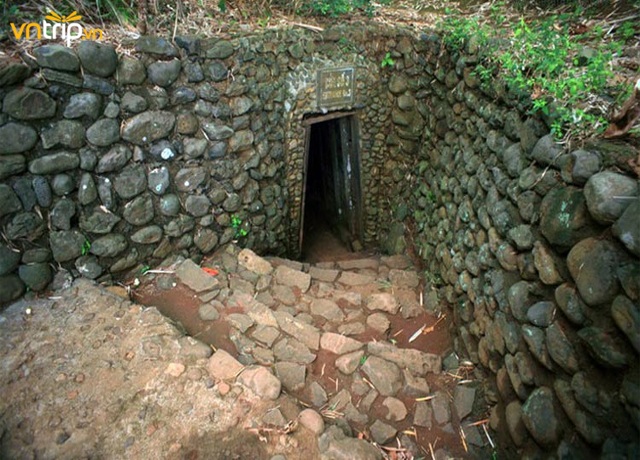 (Photo: Collectibles)
(Photo: Collectibles)
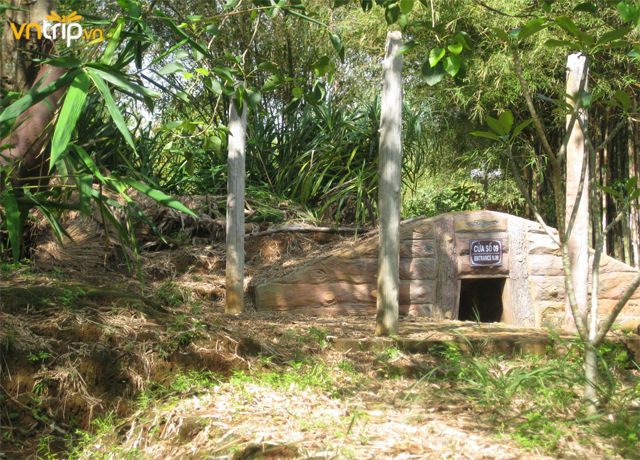 (Photo: Collectibles)
(Photo: Collectibles)
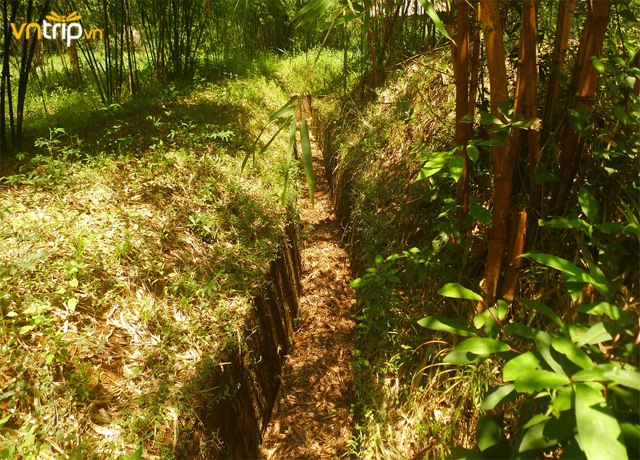 (Photo: Collectibles)
(Photo: Collectibles)
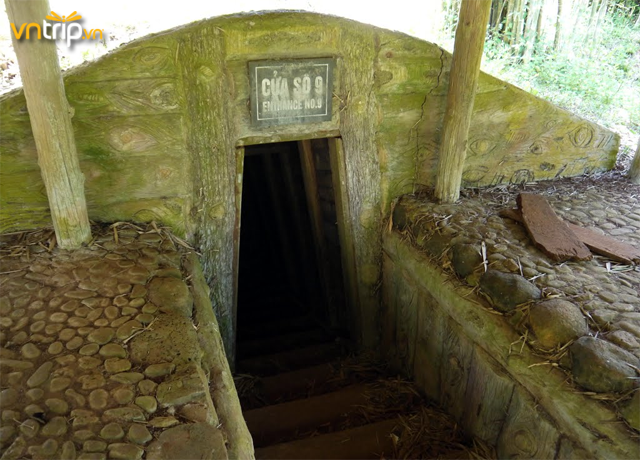 (Photo: Collectibles)
(Photo: Collectibles)
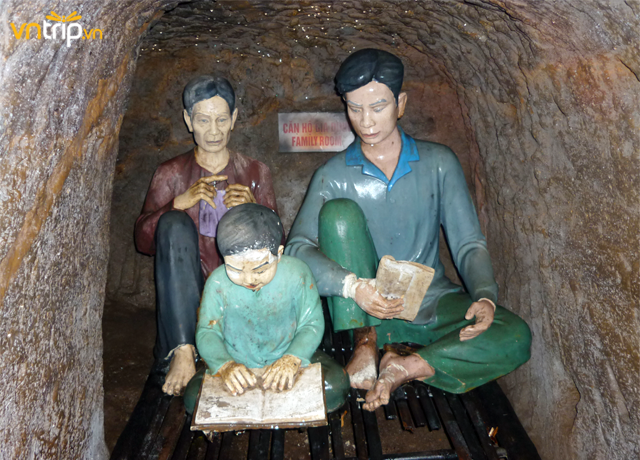 The living space of a family in the tunnel village is re-created (Image: Collectibles)
The living space of a family in the tunnel village is re-created (Image: Collectibles)
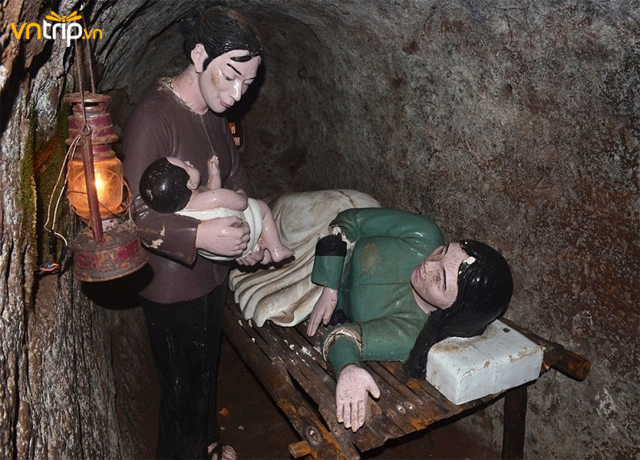 Maternity ward area, where 17 babies were north (Image: Southectibles)
Maternity ward area, where 17 babies were north (Image: Southectibles)
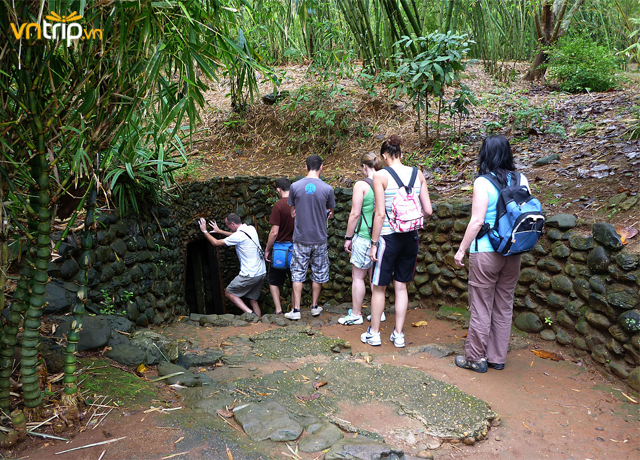 Many international tourists visiting and visiting the Bay Moc Tunnels are surprised by the unique works (Photo: Collectibles)
Many international tourists visiting and visiting the Bay Moc Tunnels are surprised by the unique works (Photo: Collectibles)
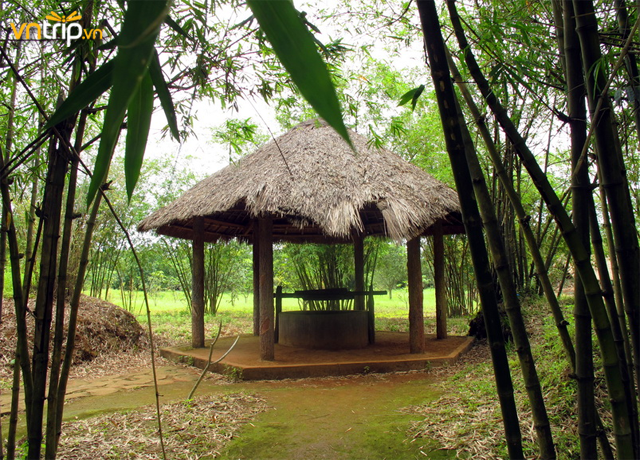 (Photo: Collectibles)
(Photo: Collectibles)
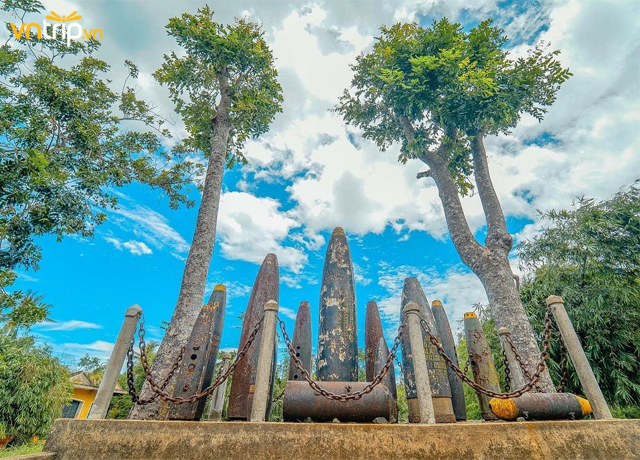 (Photo: Collectibles)
(Photo: Collectibles)
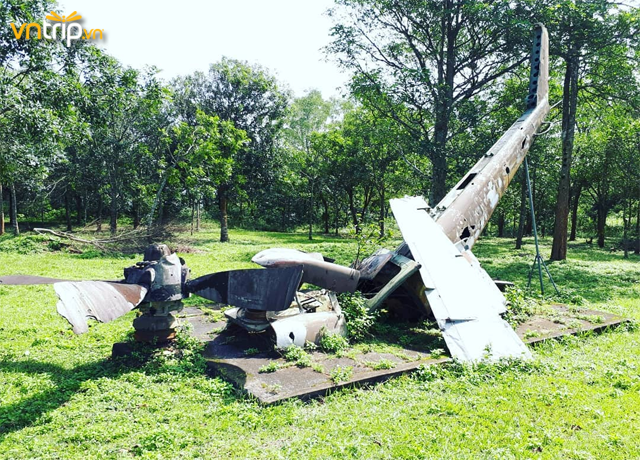 (Photo: Collectibles)
(Photo: Collectibles)
